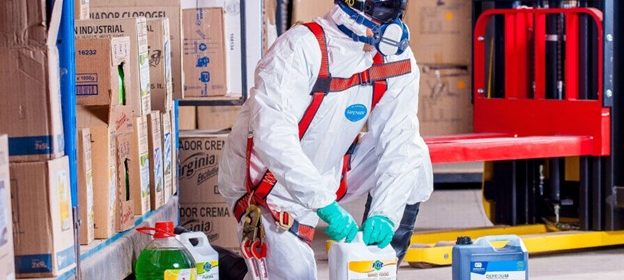These Chemical Ingredients Have Been Banned or Discontinued

Created during the Nixon administration, the EPA was tasked with protecting our environment. However, their regulatory power is somewhat limited, and there have actually been very few chemical bans they have put in place. These bans, however, have made us all safer and less likely to get various types of cancer.
Here are the most widely-known chemicals they have banned over the years.
PCBs
PCBs, or polychlorinated biphenyls were banned in 1978. The first such chemical ban implemented by the EPA was to address clear indications that PCBs caused cancer in mice and rats.
PCB exposure rates were fairly low to the average consumer, but they turned out to be hard to eliminate once created. This meant that streams and lakes that received industrial waste became permanently contaminated, posing an increased risk of cancer to people.
CHCs and FHCs
It has been over forty years since scientists discovered that certain chemicals word depleting the ozone layer. This was leading to uneven heating and dangerous sun exposure risking the health of millions of people around the world. It was also contributing to the phenomenon that scientists would later call global warming.
Banning fully hydrogenated chlorofluoroalkanes happened in 1978. This was the first step in what became a world-wide ban on certain chemical ingredients in aerosol sprays. As a result, the ozone layer was able to stabilize.
These ingredients are no longer found in aerosols, making those cans safe to dispose in traditional waste.
Dioxins
Later the EPA banned dioxins. These were most infamous as being an ingredient in Agent Orange which caused chemical burns and multiple types of cancers during and after the Vietnam War. However they were also a byproduct of multiple industrial practices.
They were banned in 1980 as a reaction to public health concerns about cancer being caused by dioxins in the environment where these factories created dioxins as a waste product.
Asbestos
The ban of asbestos has had long-lasting effects. When scientists learned that asbestos created cancer among those who breathe the dust, the decision to ban it seemed obvious.
The 1989 ban on asbestos led to a wide range of changes that affect builders regularly. There are even special rules for how asbestos must be treated if found in an existing building. It was such a popular insulator that it was used in many buildings. Removing it safely is still a costly process – but one that saves untold suffering and costs later in life.
